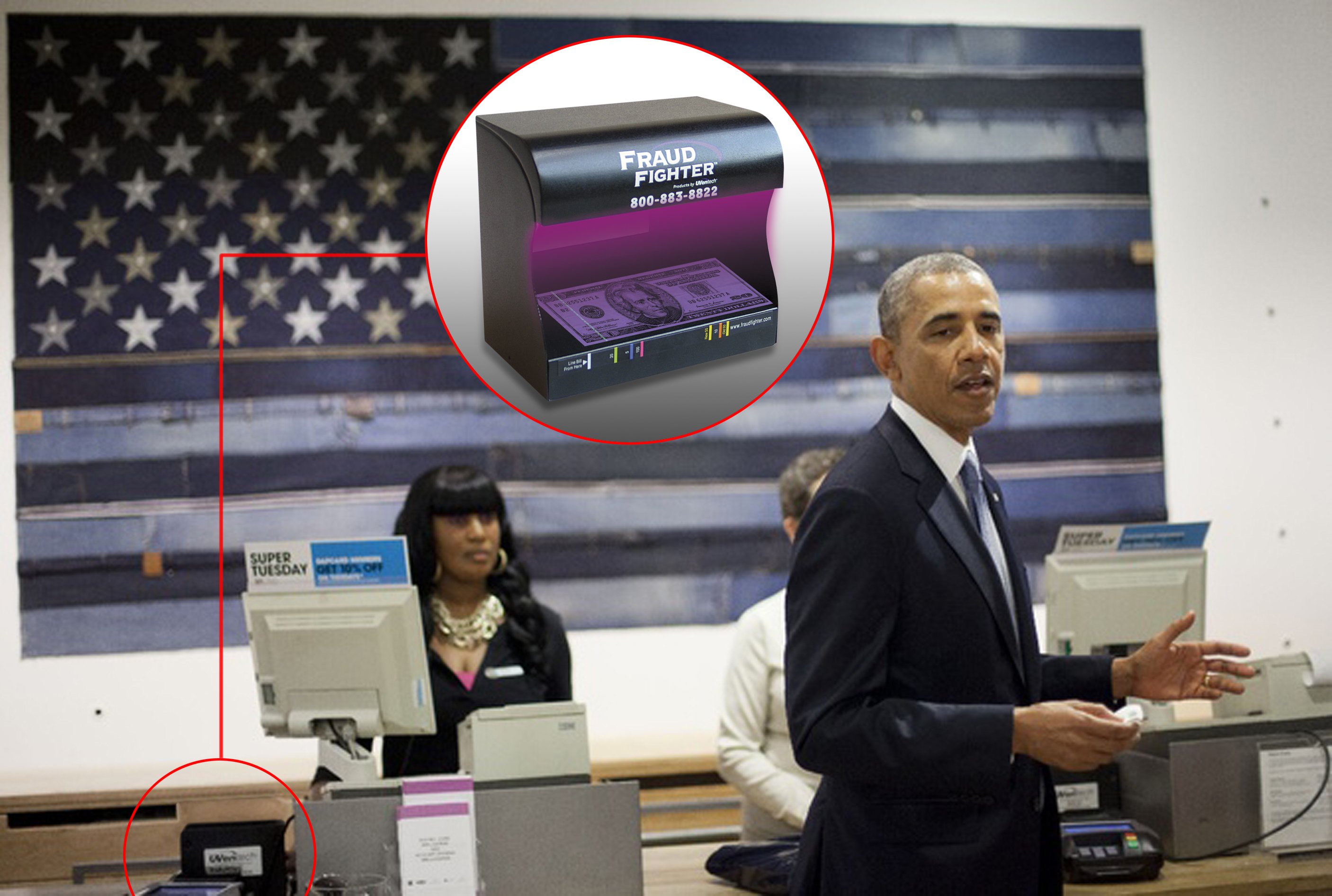Would You Have checked his $100 Bill for Counterfeit?

When training your workers to detect and deter forgeries, they have to be told not to profile customers.
Profiling goes both directions. Not only do we sometimes assume a person may be up to no good because they fit some mental profile we may have about what a criminal looks like. We can 'reverse profile" just as easily, by assuming the person in front of us is probably not a criminal based on how they are dressed, how the speak or how they look.
This is a certain way to open your business to potential fraud. That's because, these days, in the world of forgery and counterfeiting, there is no way to profile the bad guy.
Little old ladies, high school students, community bank tellers, drug dealers and hardened repeat offender criminals. What do they have in common? They have all appeared in recent news stories about attempting to pass counterfeit money.
What's the Point?
The point is that it is not possible to tell, by simply looking at someone, whether or not they are about to commit a fraudulent act. Some might argue with this. There are professional organizations who focus on training people how to read body language and other overt signals to determine whether someone is abot to commit a crime. But that's not what we are talking about here.
What we mean is this - anyone could be passing a counterfeit note. And we don't mean (only) by accident - although certainly the inadvertent possession of counterfeit bills is a potential issue.
No, what we mean is that counterfeiting is a pervasive crime that, due to the increasingly lower barriers to entry, is being perpetrated by an ever-increasing variety of individuals. This is because anyone with a good printer and graphics editing programs such as PhotoShop and Acrobat can easily produce very reasonable-quality fakes. This means that just about anyone could potentially be trying to pass these fraudulent notes in your business.
But it Takes Too Long!
This is a common objection. So, you need to ask yourself - which takes longer, checking the banknotes during the transaction, which may require 3-5 seconds, or filling out the paperwork, conducting the interviews, reviewing the surveillance tape and preparing auditor and other paperwork necessary to handle the exception when the bank debits your deposit because the note was a forgery?



